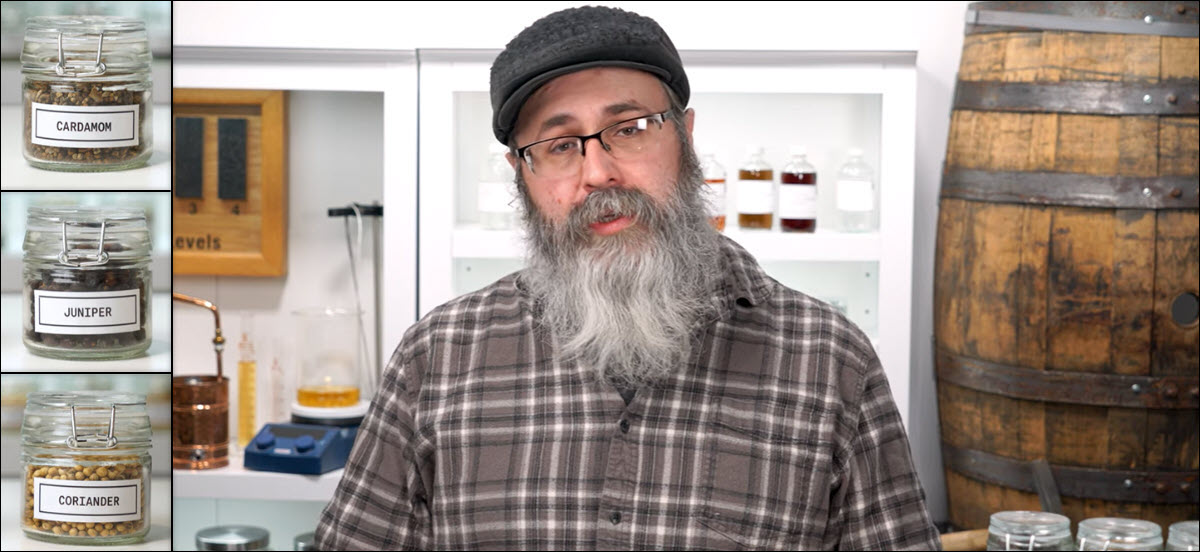
Over the last half a decade or so, gin has become the leading growth category in beverage alcohol, worldwide. Fueled by a booming cocktail scene, gin consumption is projected to increase over the next 5-years, providing a huge opportunity for distillers looking to capitalize on this trend. Using a broad palette of botanicals and styles, craft distillers are creating unique expressions of gins, absinthes, and amari that stand out on the shelf without needing to spend years in a barrel.
Where Do the Flavor Profiles for Gin Come From?
These 13 classic gin botanicals give the iconic spirit its signature taste. Watch the video below to hear from Clay Smith, Moonshine University’s Distillery Operations Manager, Instructor and Botanical Spirits expert to learn what each component brings to a well balanced distilled gin.
Gin starts with three basic components, something Clay likes call the Holy Trinity of Gin.
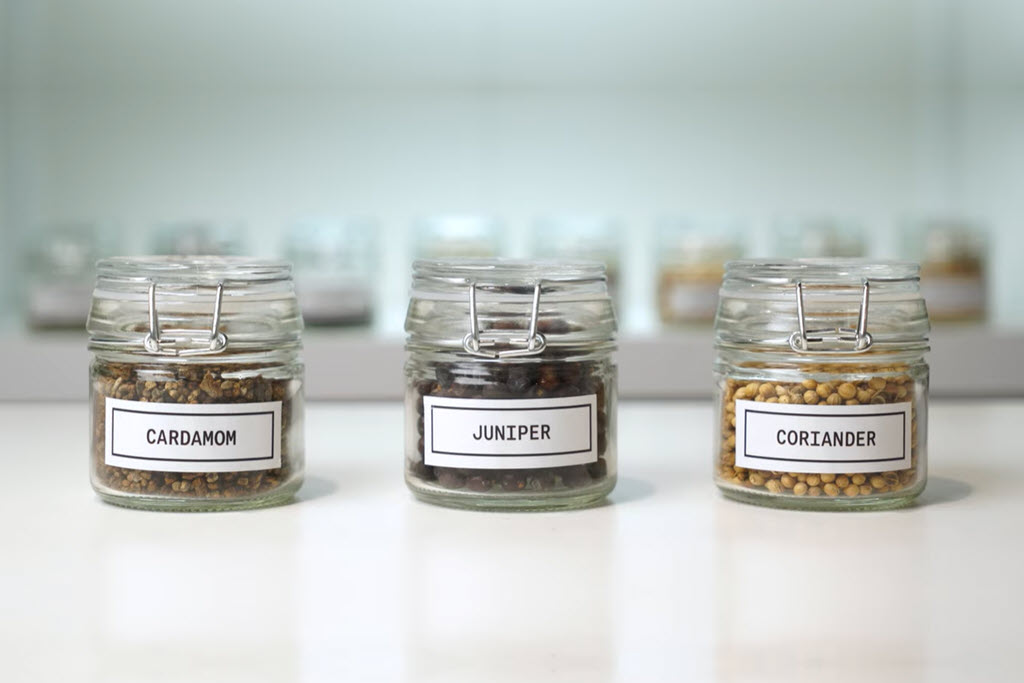
- Juniper
- Coriander
- Cardamom
If we are talking about the sweet components, they are typically attributed to the citrus components.
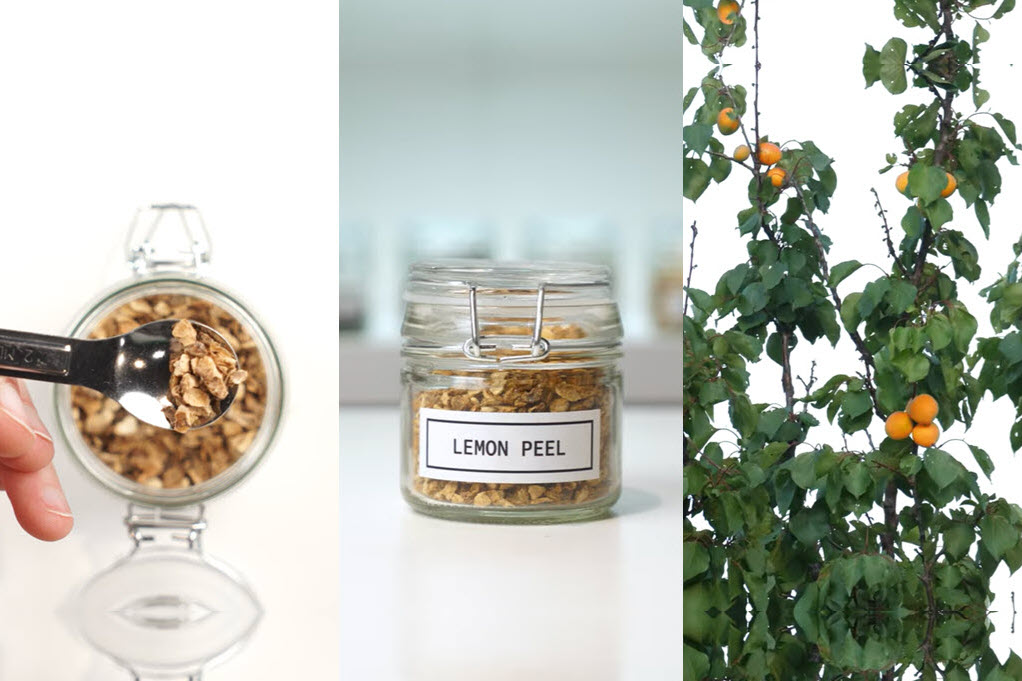
- Lemon Peel, Orange Peel or Bitter Orange Peel
And then there are things that contribute to the floral aspect of gin.
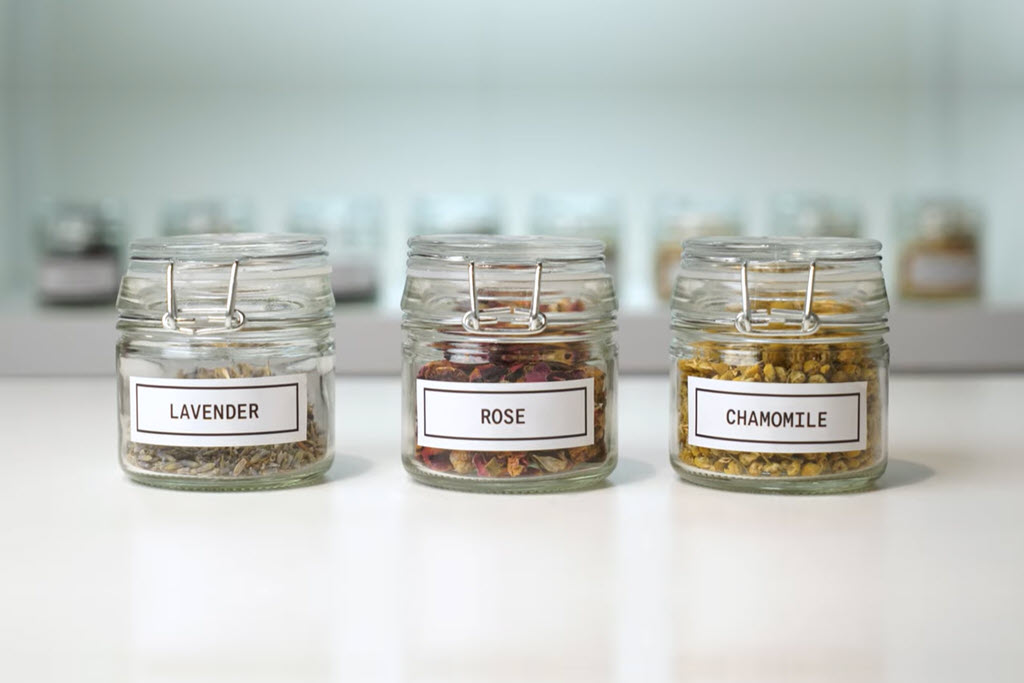
- Lavender
- Rose
- Chamomile
And let’s not forget things that contribute to the finish, that warming feel as the gin goes down the back of the throat.
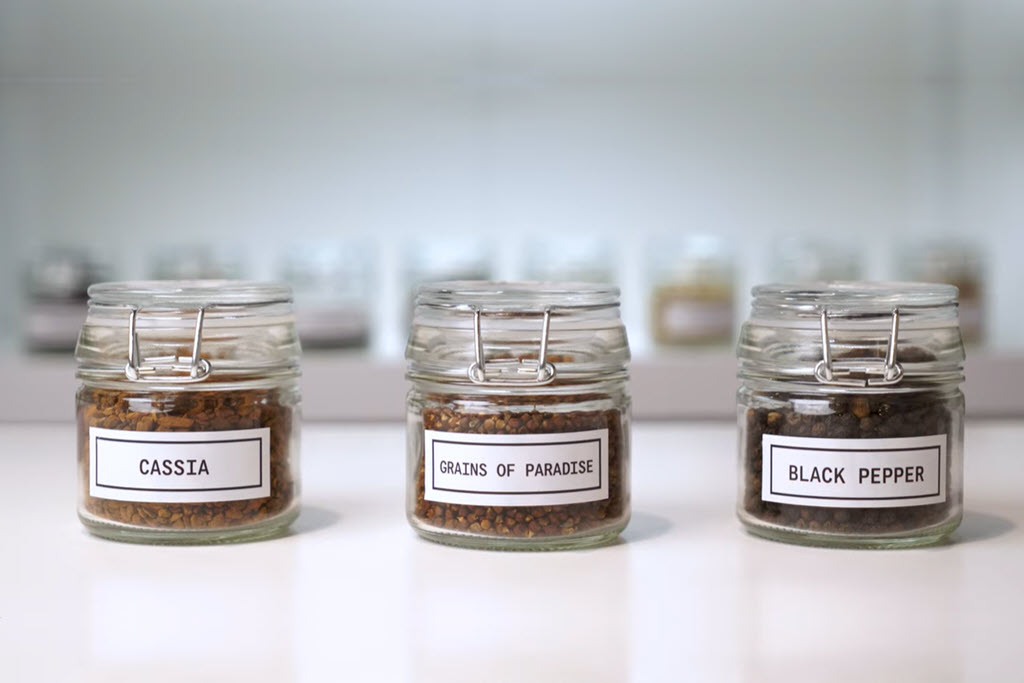
- Cassia
- Grains of Paradise
- Black Pepper
And finally, we wrap it up with binders that bring it all together.
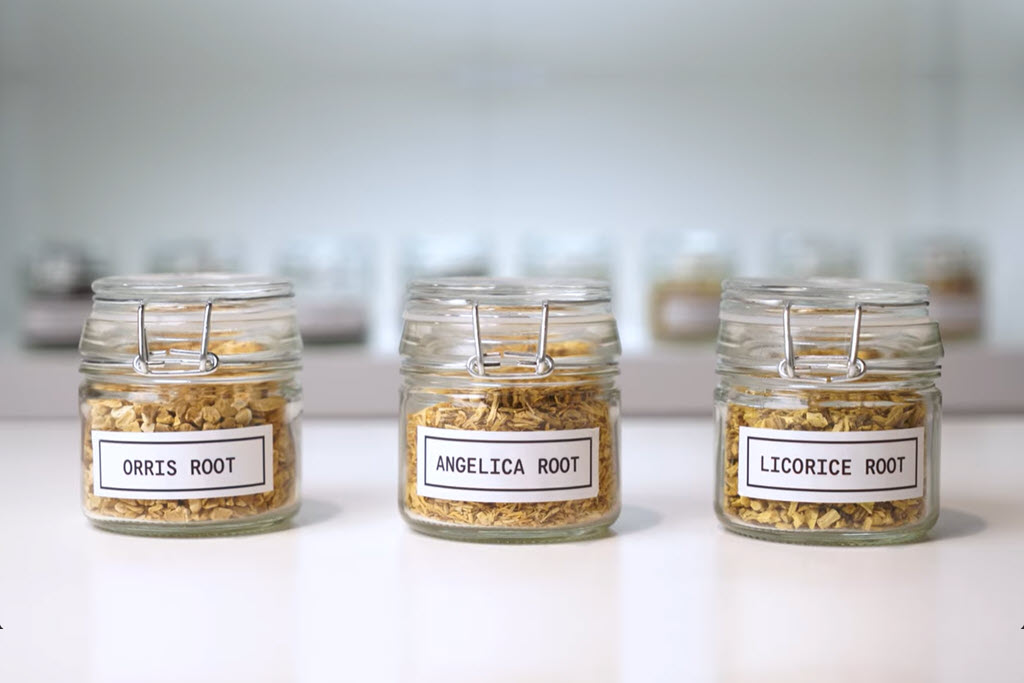
- Orris Root
- Angelica Root
- Licorice Root
If you are interested in learning more about these botanicals and other spirits like Absinthe and Amari check out Moonshine University: Botanicals Spirits Workshop here.
Learn The Business of Distilling One Sip at a Time
with Moonshine University.
What is BrandScape? BrandScape is a way for product and service suppliers to talk directly to our audience. If you would like to learn more about BrandScape, please email Info@DistilleryTrail.com.




